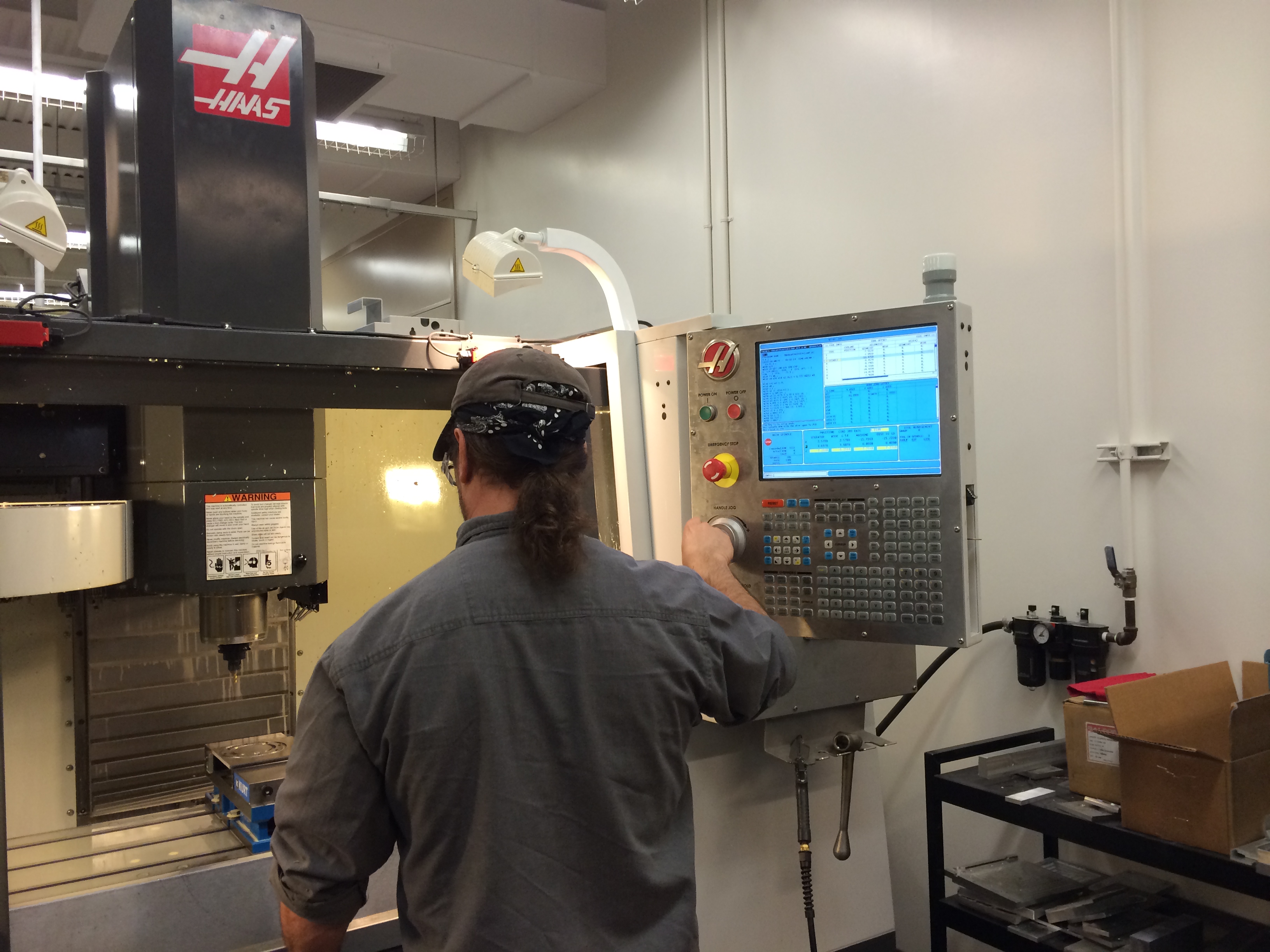-
Research Overview
There are two main phases of 5 months of our research: Domain Research & Field Research. Domain research consists of the literature reviews and the competitive analysis. While field research consists of the contextual inquiries we performed, as well as the interviews.

-
Domain Research
During the domain research of our project, we read academic literature pertaining to the problem NASA presented us with and conducted a competitive analysis.
For our literature review, we examined the following topics in order to develop broad domain knowledge: instruction manuals, spatial awareness, human-machine collaboration, attention and interruptibility, and contingency planning. Example findings include the impact of interruption on task execution and the complexity of different types of contingency plans. Additionally, we reviewed technologies used in existing location awareness systems such as RFID, infrared, ultrasonic, bluetooth, and WiFi. Our research enabled us to understand the advantages and disadvantages of each technology.
To create our competitive analysis, we reviewed companies and products that focus on location awareness and asset tracking. We explored products from a variety of industries, including consumer, medical, and manufacturing. For example, we looked at Teletracking, a company that creates software that accurately tracks tools and equipment in hospitals, and Tile, a consumer product that helps locate lost keys and wallets. This analysis provided us with insights into existing solutions and their competitive advantages.
-
Field Research
Our field research methods included contextual inquiries and semistructured interviews in analogous domains.
Because we could not observe astronauts in context, we conducted contextual inquiries in four analogous domains so that we could see individuals in their natural work environments: science labs, test labs, machine shops, and the medical domain. This approach enabled us to understand many aspects of procedure execution, including setup and cleanup processes, tools and reference materials, workspace organization, verification techniques, documentation, and collaboration with coworkers. We also conducted interviews when we could not directly observe individuals. Because direct observation enabled us to see individuals’ actual procedure execution steps, we treated interviews as supplemental information that could be used to support findings, but none served as the foundation of our insights. At the conclusion of our field research, we had the opportunity to interview an astronaut who recounted her work in the ISS and NEEMO, an underwater simulation of space exploration. This interview yielded insight into an astronaut’s work environment and confirmed that individuals in our analogous domains experience similar situations.
We interpreted our data by creating flow, sequence, physical, cultural, and artifact models, when appropriate, in order to understand different aspects of procedure execution. Moreover, we created an affinity diagram from our observation and interview notes in order to identify themes in our dataset. Finally, we extracted insights by consolidating our models and identifying high-level themes. Altogether, we performed 22 contextual inquiries and 7 interviews, broken down as follows:






